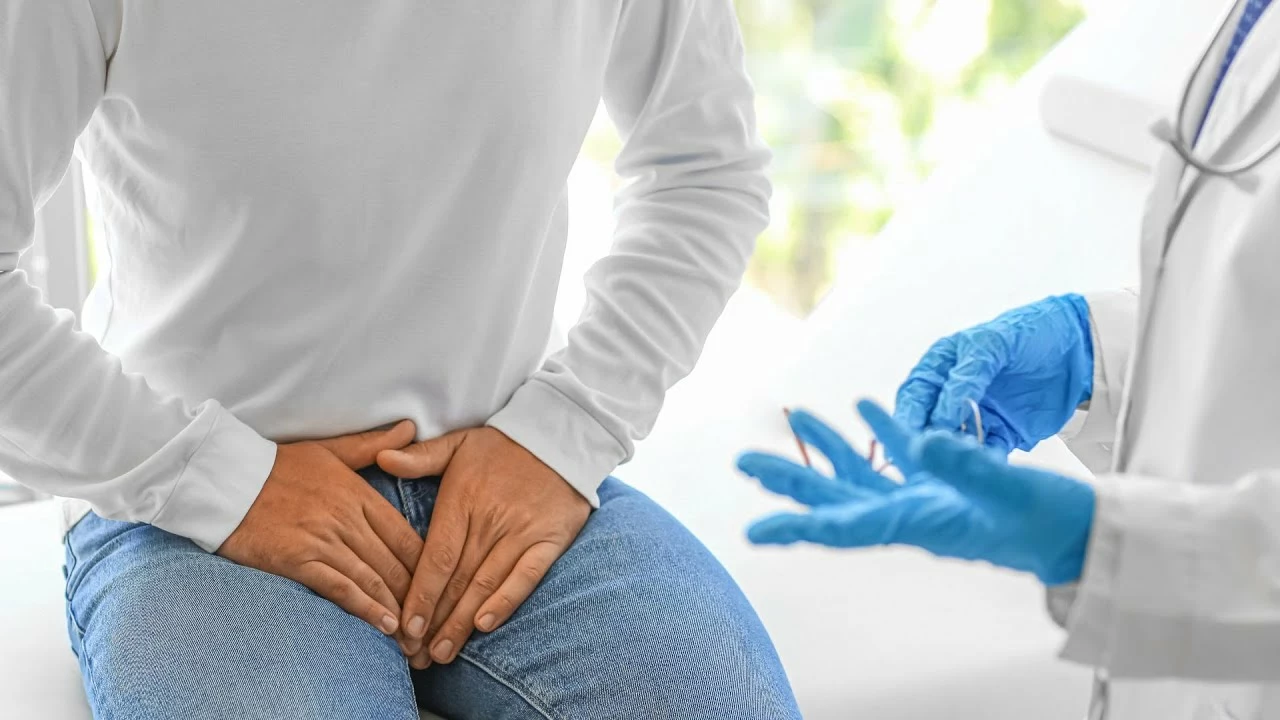Prostate Issues: What You Need to Know
If you’ve noticed more trips to the bathroom at night or a weak stream, your prostate might be sending you signals. The prostate is a small gland that sits below the bladder and helps make semen. When it swells or gets inflamed, you can feel uncomfortable, but most problems are treatable.
First thing to check: how often are you urinating? A sudden increase, especially after drinking fluids, could point to benign prostatic hyperplasia (BPH). BPH is the big, non‑cancerous growth that many men face after age 50. It’s not dangerous, but it can mess with your daily routine.
Common Types of Prostate Problems
BPH – The gland enlarges slowly and squeezes the urethra. Symptoms include frequent urination, urgency, weak flow, or feeling like you haven’t emptied completely. Simple lifestyle tweaks—cutting caffeine, limiting fluids before bedtime, and doing pelvic floor exercises—often help.
Prostatitis – This is inflammation that can be bacterial or non‑bacterial. Painful urination, lower back ache, and a feeling of pressure in the pelvis are common clues. If it’s bacterial, antibiotics clear it up fast. Non‑bacterial cases need pain relievers, warm baths, and sometimes anti‑inflammatories.
Prostate Cancer – Not every bump is cancer, but early signs matter. Blood in urine or semen, persistent pain, or a hard lump felt during a digital rectal exam (DRE) should prompt a doctor’s visit. Screening tests like PSA blood work and imaging help catch it early when treatment works best.
How to Talk to Your Doctor
Don’t wait for embarrassment to stop you. Write down the exact symptoms, how long they’ve lasted, and any lifestyle changes you tried. Bring a list of medicines, supplements, and over‑the‑counter products—you’d be surprised how many interact with prostate meds.
Your doctor may suggest a PSA test, an ultrasound, or a biopsy if cancer is suspected. For BPH, there are prescription pills that relax the muscle around the bladder (alpha blockers) or shrink the gland (5‑alpha reductase inhibitors). Some men find relief with minimally invasive procedures like laser therapy.
Remember, you control the conversation. Ask about side effects, how long treatment will last, and what to expect after a procedure. If something sounds unclear, ask for a simple explanation or written handout.
While waiting for appointments, try these practical steps: limit alcohol and caffeine, practice timed voiding (go to the bathroom on a set schedule), and stay active with light walks or swimming. These habits can reduce pressure on the prostate and improve overall comfort.
Prostate issues are common, but they don’t have to dominate your life. Knowing the signs, acting early, and staying open with your healthcare provider gives you the best shot at smooth sailing. Keep an eye on changes, keep the conversation honest, and you’ll navigate any prostate challenge much easier.
